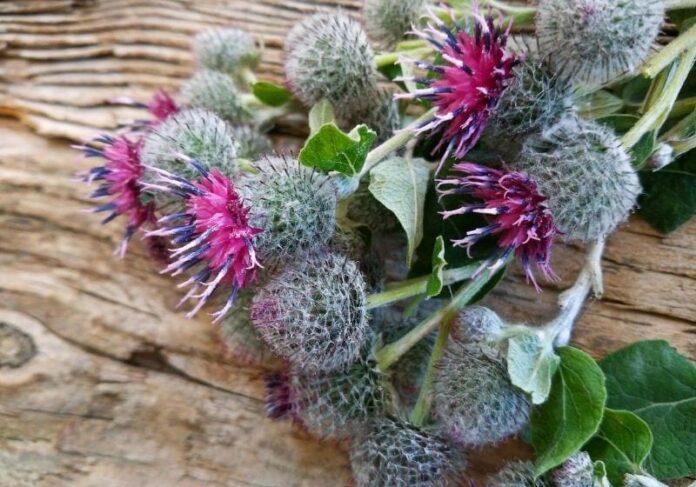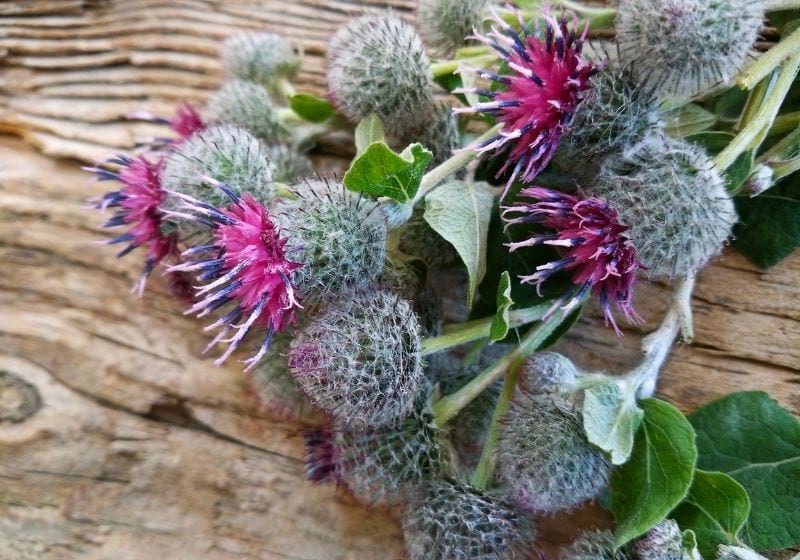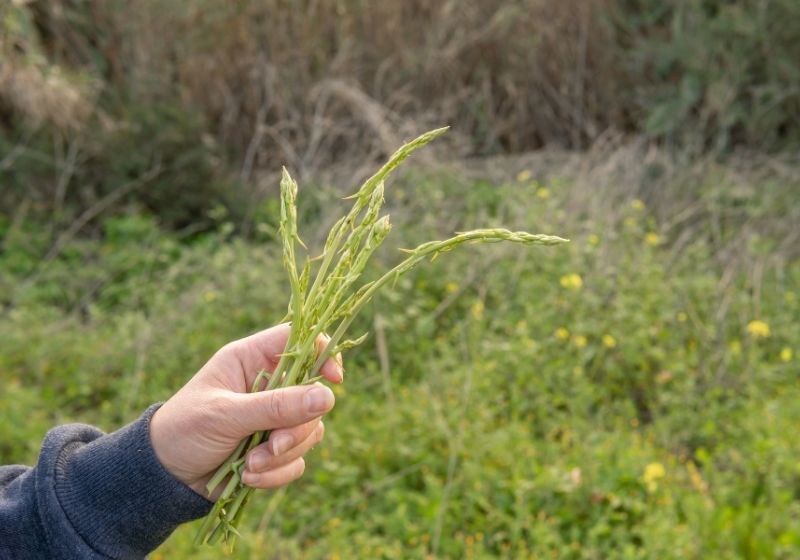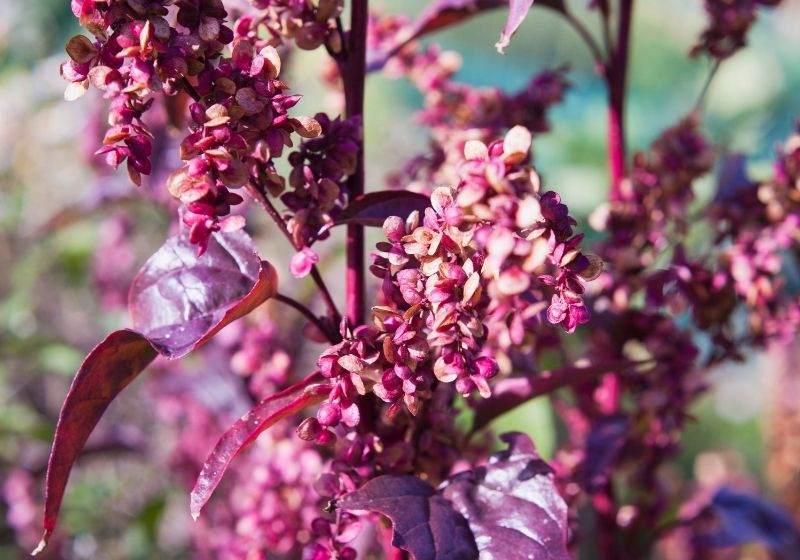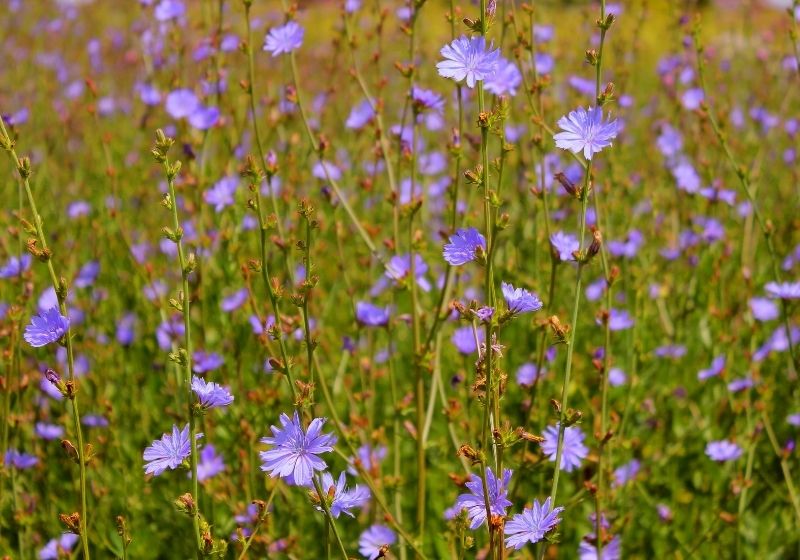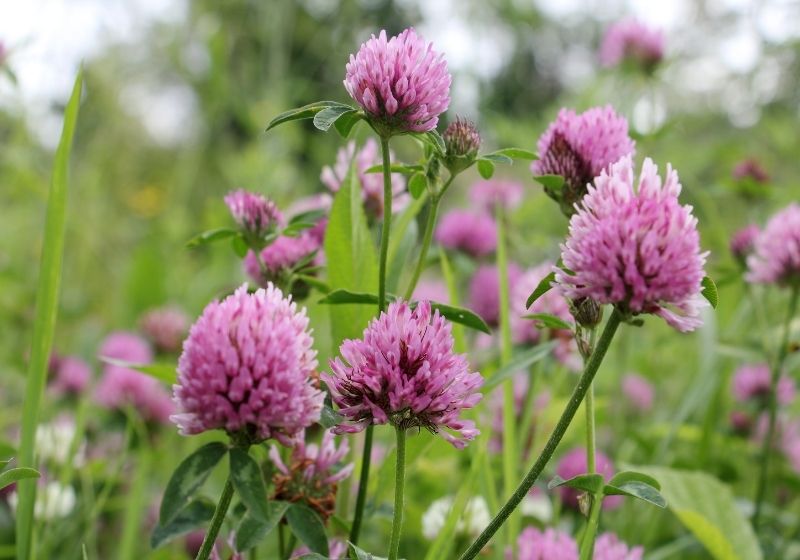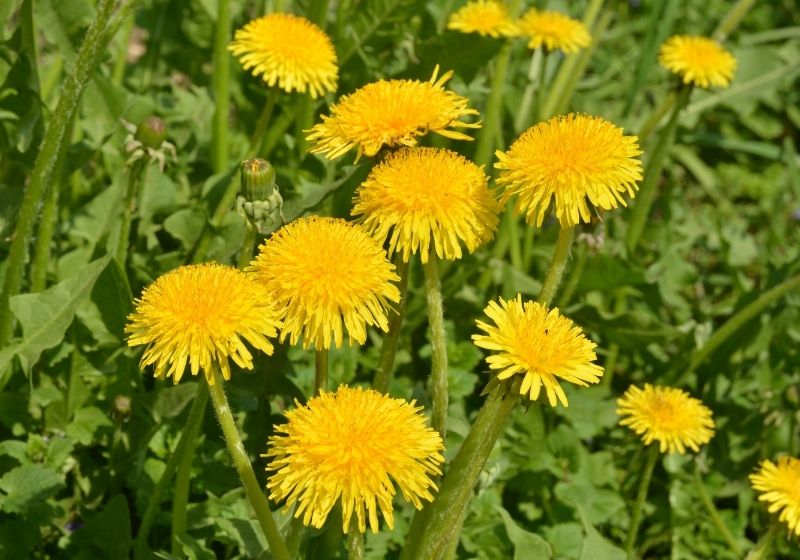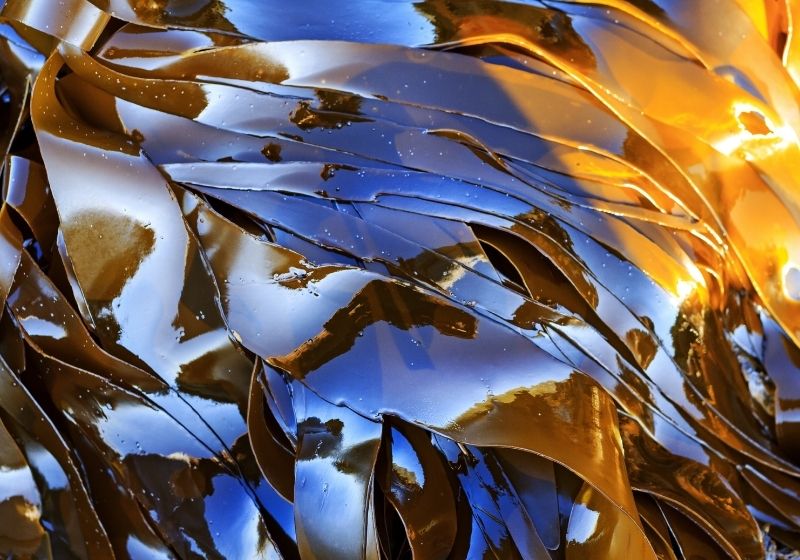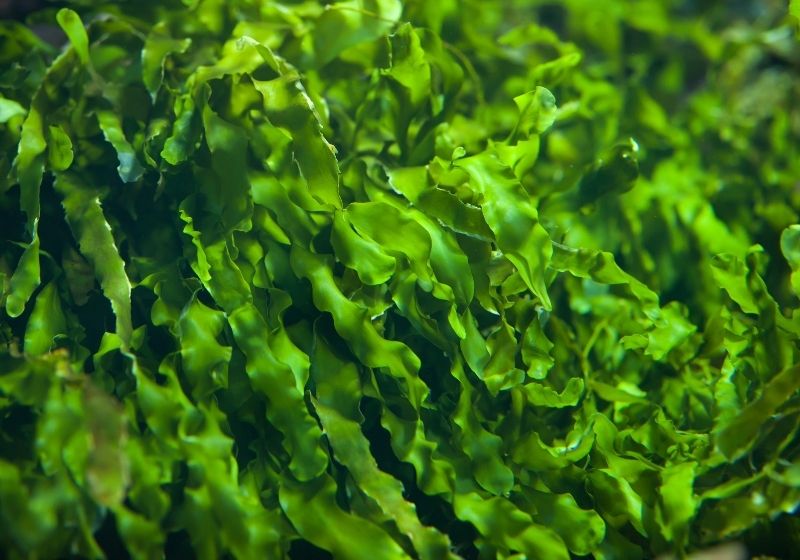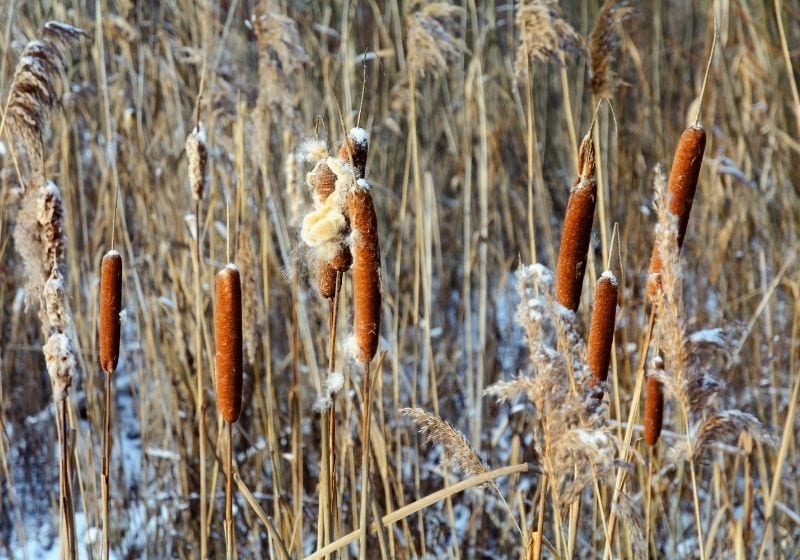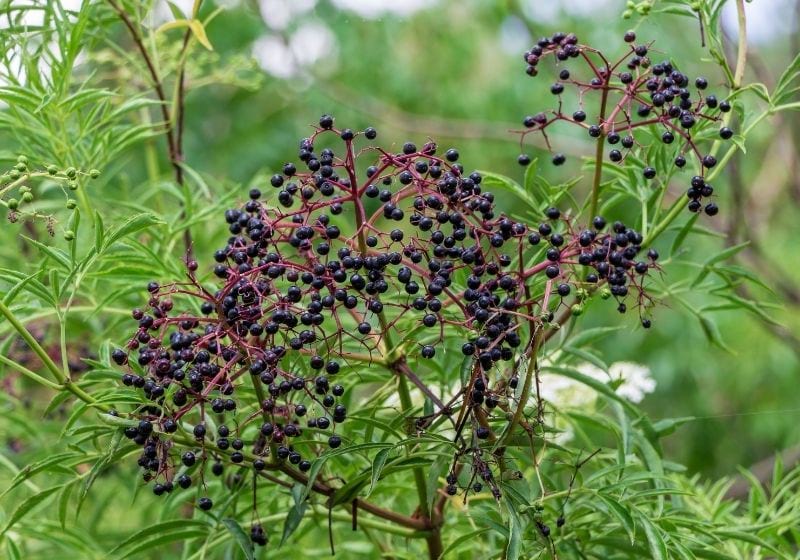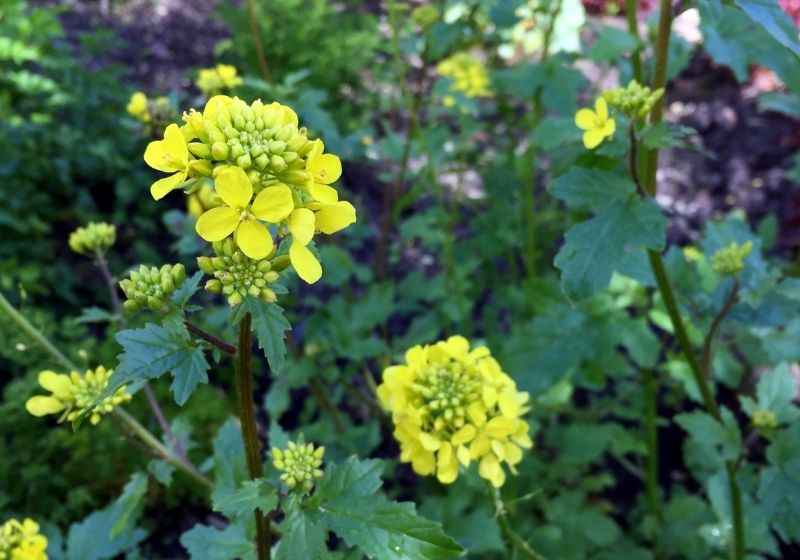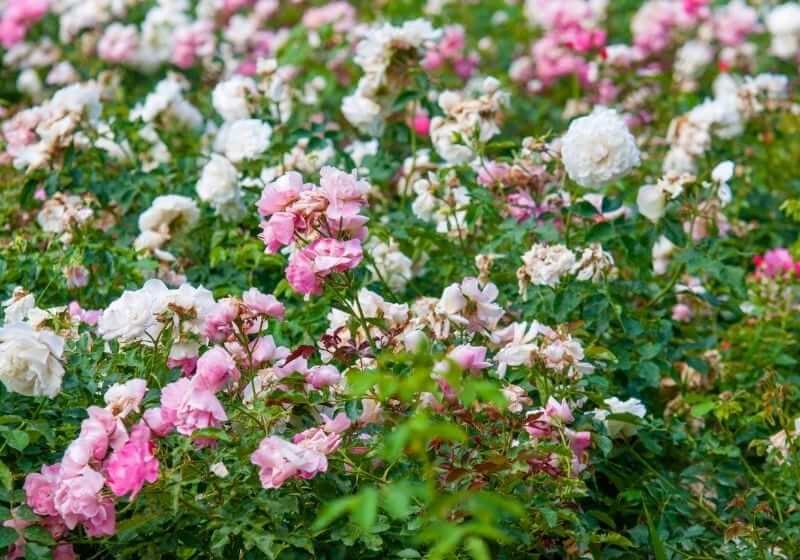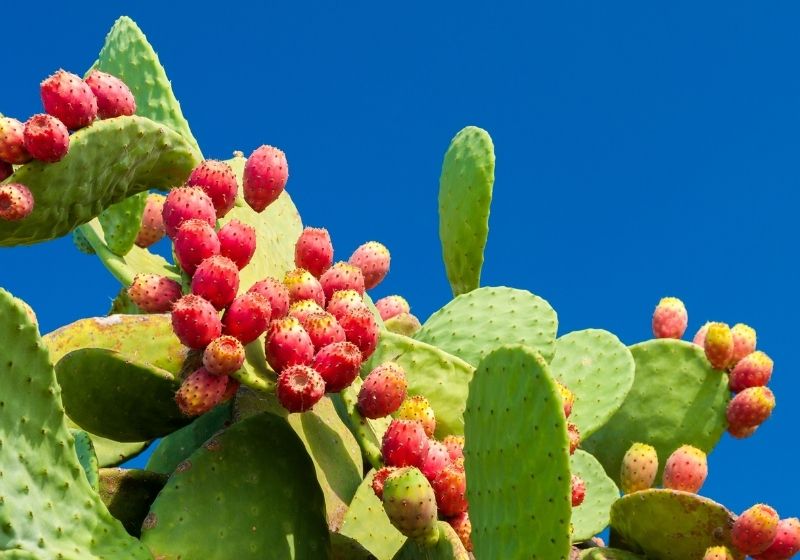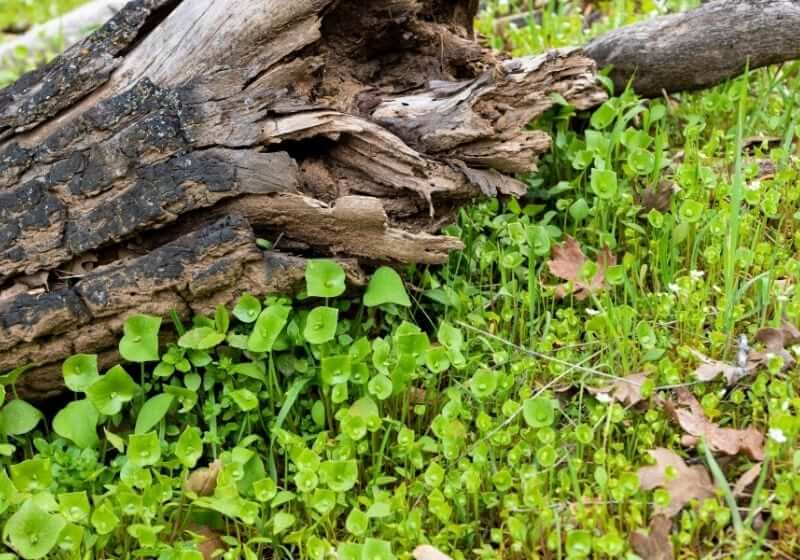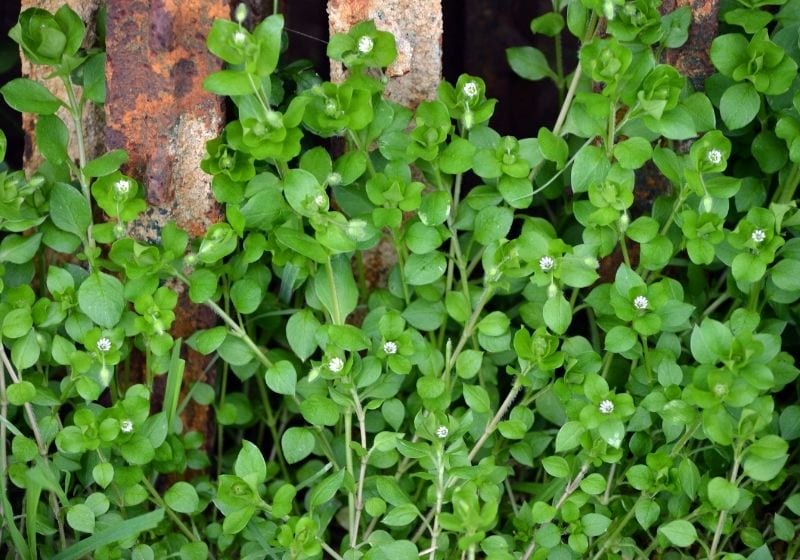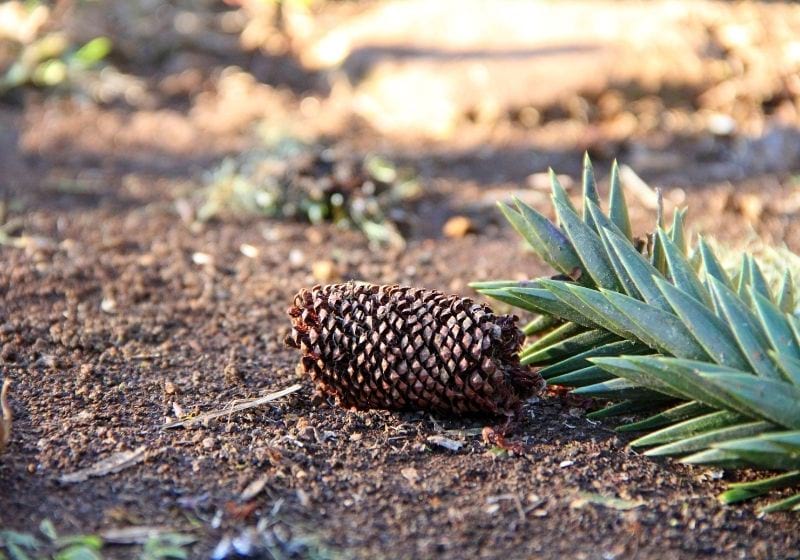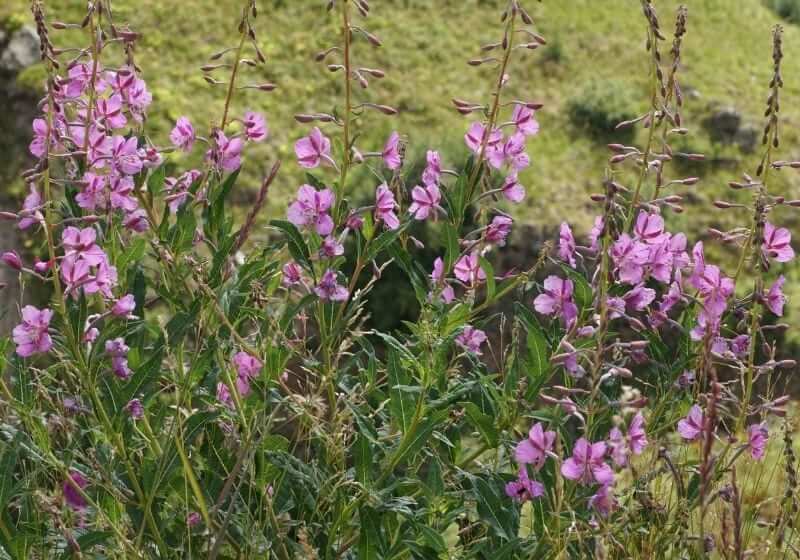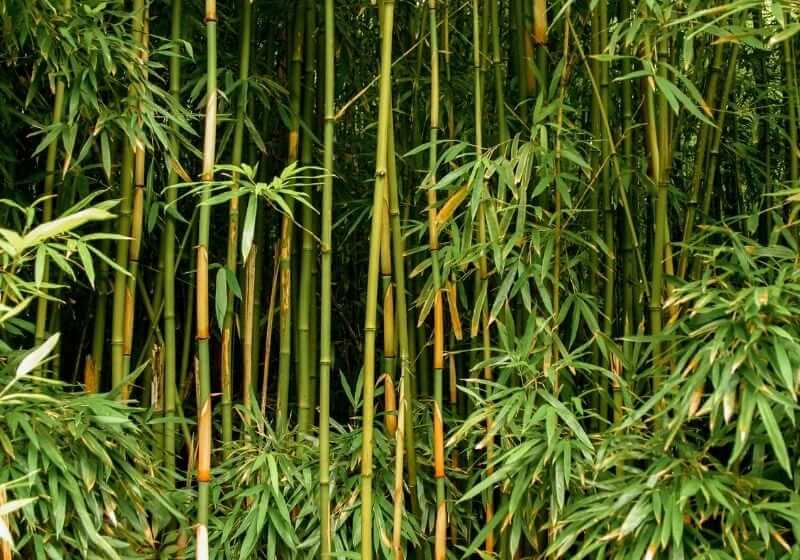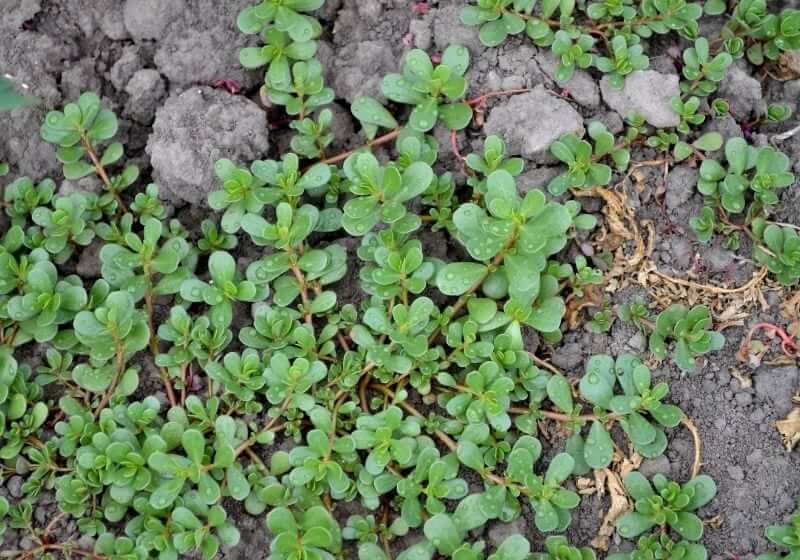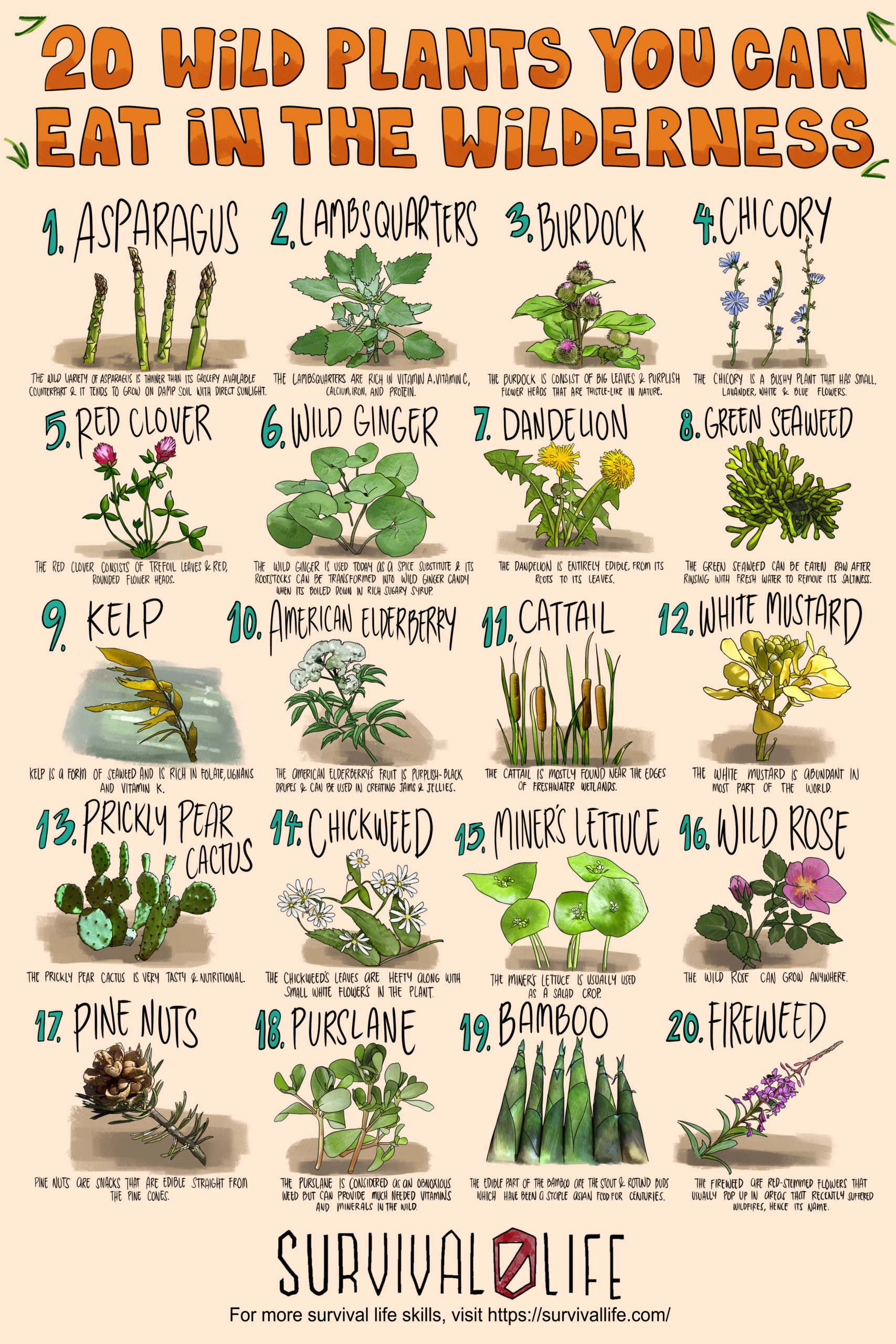Foraging for edible wild plants is an invaluable skill for preppers as survival will often depend on eating what’s available. Lucky for you, the wild is a garden of free edibles waiting to be harvested as long as you know what to go for.
RELATED: Winter Foraging | Guide to Foraging Winter Survival Food
20 Edible Wild Plants You Didn’t Know You Can Survive on in the Wild
Click here to jump to the infographic.
1. Burdock
The burdock consists of big leaves and purplish flower heads that are thistle-like. Boil the leaves at least twice to remove their strong bitterness before consuming. You can also eat the stalks and roots raw or boiled as long as you peel them first.
2. Asparagus
The wild variety of asparagus is thinner than its grocery counterpart and tends to grow on damp soil with direct sunlight. It is edible, whether cooked or raw and leaves a distinct urine smell when consumed.
3. Lambsquarters
Lambsquarters are edible wild plants rich in vitamin A, vitamin C, calcium, iron, and protein. Its leaves have a milder taste compared to spinach.
4. Chicory
Chicory is a bushy plant that has small lavender, white and blue flowers. Its entirety can be eaten from its leaves to the roots. You can eat the flowers raw, but the roots give a pleasant taste after boiling.
5. Wild Ginger
Though eaten as a spice substitute today, you can transform its rootstocks into wild ginger candy by boiling when it down in a rich, sugary syrup.
6. Red Clover
The red clover consists of trefoil leaves and red, rounded flower heads. Besides eating, you can also use it for medicinal purposes for conditions such as high cholesterol and brittle bones.
7. Dandelion
The dandelion plant is entirely edible, from its roots to its leaves. Boiling removes its leaves’ bitterness. Moreover, you can use the flowers as a garnish when making a dandelion salad.
8. Kelp
Kelp is a form of seaweed and is rich in folate, lignans, and vitamin K. It produces a compound called sodium alginate which you can with dairy products, among many others.
9. Green Seaweed
You can eat green seaweed raw after rinsing with fresh water to remove its saltiness. You can also use it in making many dishes such as seaweed soup and sushi rolls.
10. Cattail
Cattail is mostly found near the edges of freshwater wetlands. Most of it is edible and was a staple diet of Native American tribes. The corn dog-like flower spike has a corn-like taste, but the best part is the stem.
RELATED: How To Use Tree Bark For Survival
11. American Elderberry
Use the purplish-black drupes of this edible wild plant to make jams and jellies. Ensure you cook it thoroughly before consumption as it can be poisonous.
12. White Mustard
White mustard is abundant in most parts of the world. It can be consumed from its seeds, flowers to its leaves.
13. Wild Rose
Wild rose plants can grow anywhere. It is a rich source of vitamins A and C, essential for birds and animals during the winter season.
14. Prickly Pear Cactus
The prickly pear cactus is delicious and nutritional but consider removing its spines on its outer skin. Boil the stems before consuming.
15. Miner’s Lettuce
The miner’s lettuce is usually used as a salad crop. It is heart-shaped, has slightly succulent leaves, and has a mild flavor. You can also safely consume its flowering shoots and leaves.
16. Chickweed
The chickweed’s leaves are hefty, along with small white flowers in the plant. It is high in vitamins and minerals. Eat raw or boiled.
17. Pine Nuts
Pine nuts are snacks that are edible straight from pine cones. It is also a favored snack of woodland creatures such as squirrels and birds.
18. Fireweed
The fireweed plant has red-stemmed flowers that usually pop up in areas that recently suffered wildfires, hence its name. Its reddish stalks and pinkish to purple flowers are edible, especially at its earlier stages.
19. Bamboo
The bamboo’s edible parts are the stout and rotund buds, which have been a staple Asian food for centuries. It contains toxins that are lethal when eaten raw hence the need to boil it first.
20. Purslane
Though purslane is seen as an obnoxious weed on your lawn, it can provide much-needed vitamins and minerals while in the wild. It has smooth fat leaves that leave you with a refreshing sour taste when eaten raw or boiled.
There you have it, fellow preppers. Outdoor expeditions should be filled with responsibility as they are fun, so you can never be too prepared with extra survival knowledge.
What other edible wild plants do you think we should add to this list? Let us know in the comment section below!
Up Next:
- Wilderness DIY: How to Make Your Own Bushcraft Camp Chair
- Survival Foods: Eating Bugs, Insects, and Related Recipes
- How To Use A Picture Frame For Hidden Gun Storage
Calling all preppers, craftsmen, bushmasters, outdoorsmen, and all-around skilled people, Survival Life needs YOU! Click here if you want to write for us.
Don’t forget to stay connected with us on Facebook, Twitter, Pinterest, and Instagram!


